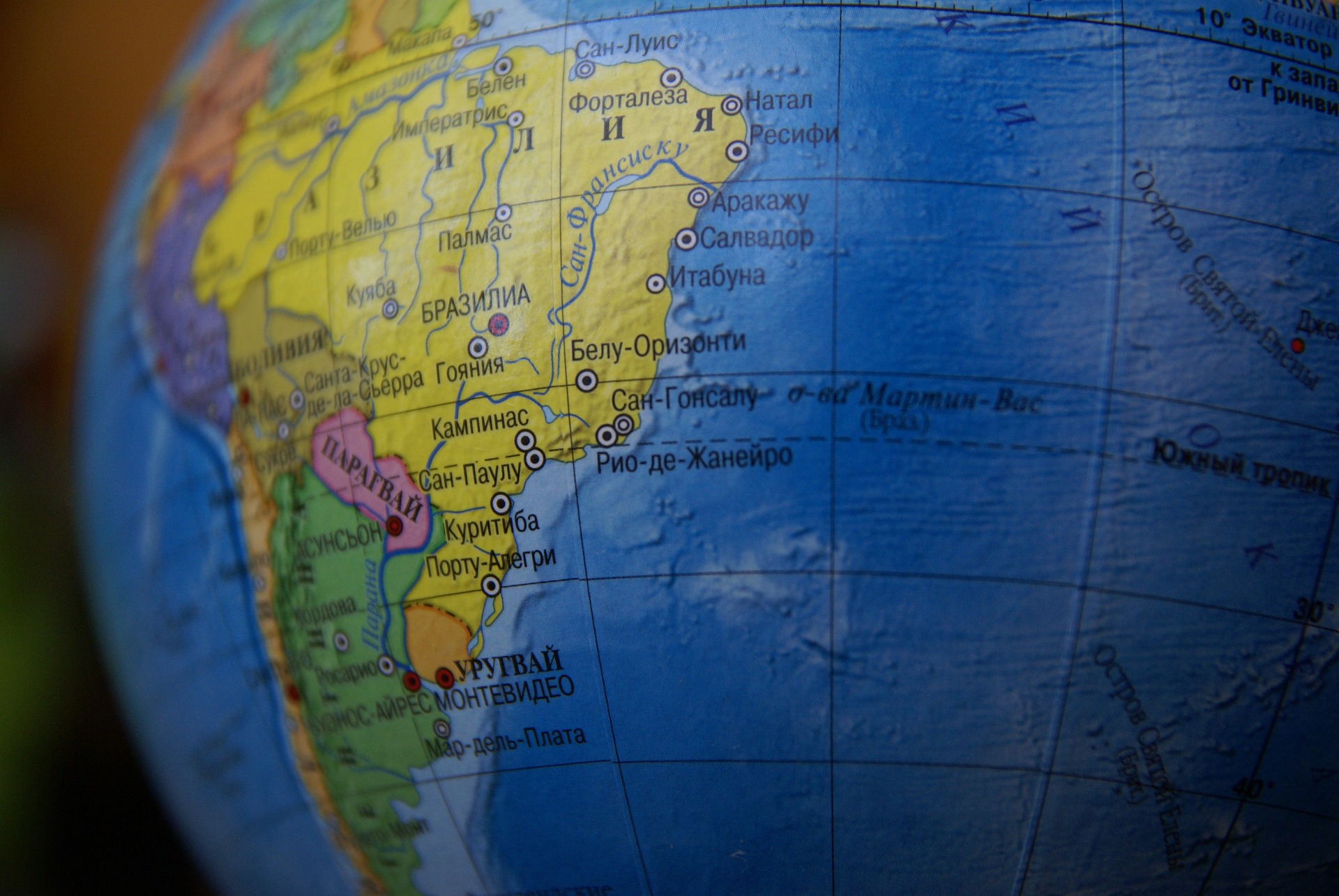Welcome to our latest blog post, where we delve into the fascinating world of agricultural economics and explore the renowned Von Thunen Model. Have you ever wondered why certain crops are grown in specific regions or how transportation costs impact farming practices?
Well, you’re in for a treat! Join us as we unravel the interplay between land cost and transportation in agriculture, uncovering invaluable insights that have shaped farming strategies for centuries. Get ready to be captivated by this captivating journey through time and space as we dive deep into the realms of the Von Thunen Model.
What is the Von Thunen Model?
The Von Thunen Model is a theorized model that attempts to explain the interplay of land cost and transportation in agricultural economics. The Von Thunen Model assumes that farmers will choose to allocate a fixed amount of their resources to production, regardless of the transportation costs involved in getting their goods to market. This allocation will be determined by the relative prices of production inputs (land, labor, and capital) and the transport costs between these inputs and markets.
The Von Thunen Model has been used extensively in studies of agricultural trade, as it provides a framework for understanding how different trade policies can influence output and employment in agriculture.
For example, tariff barriers can lead to higher land prices, which might force farmers to shift their production towards products that are more price-sensitive (like fruits or vegetables) or away from more price-stable crops (like grains). In contrast, subsidized transportation costs can encourage farmers to shift towards less price-sensitive crops, as they will be able to get their goods to market at a lower cost.
The Von Thunen Model vs. the Cobb-Douglas Model
The Von Thunen Model is a macroeconomic model used to examine the interaction between land cost and transportation in agricultural economics. This model was created by Gottfried von Thunen in the late 1800s, and it has been used extensively in economic research since then. The Von Thunen Model is based on the assumption that land prices are determined by the amount of labor that needs to be expended to produce a given level of output on that land.
In other words, the Von Thunen Model assumes that landowners use their land to produce goods and services for sale, and that transportation costs play a role in determining how much land can be used for productive purposes.
The Cobb-Douglas Model is a more recent macroeconomic model used to study the interaction between land cost and transportation in agricultural economics. The Cobb-Douglas Model was developed by William G. Cobb and Arthur Laffer in the 1960s, and it is based on the assumption that land prices are determined primarily by two factors:
(1) the amount of capital available to purchase farmland, and (2) the amount of labor available to work on farmland. In other words, the Cobb-Douglas Model assumes that landowners use their land mainly for investment purposes (i.e., they do not produce goods or services for sale), and that transportation costs play only a minor role in determining how much land can be used for productive purposes.
The Von Thunen Model in Agricultural Economics
The Von Thunen Model is used to explore the interplay of land cost and transportation in agricultural economics. The model was developed by Dr. Hermann Von Thunen in the early 1900s, and it is still used today to help economists understand how price changes impact agricultural production.
The Von Thunen Model considers two factors that affect agricultural production: land cost and transportation costs. Land cost is determined by the amount of land available for farming, as well as other factors like soil quality and availability of irrigation systems. Transportation costs influence how much farmers can earn from their crops, since they need to bring their products to market.
The Von Thunen Model is based on three assumptions: first, that farmers are limited in what they can produce due to a lack of land; second, that transportation costs are fixed; and third, that demand for agricultural produce is relatively constant over time. When these assumptions are true, the model produces accurate predictions about how price changes will affect agricultural production.
One example of how the Von Thunen Model has been used in practice is during World War II, when governments tried to ration food supplies by limiting the amount of imported goods. By understanding how prices affected production, governments were able to adjust imports accordingly and avoid food shortages.
Despite its usefulness, there are a few limitations to the Von Thunen Model. For one, it doesn’t take into account changes in technology or consumer preferences over time. Additionally,
Applications of the Von Thunen Model
The Von Thunen Model is a tool used in agricultural economics that relates land cost to transportation costs. The Von Thunen Model can be used to understand how land pricing affects transportation, production, and trade. The model is also useful for measuring the effects of taxes and subsidies on land use.
Conclusion
In this article, we explore the Von Thunen Model in agricultural economics. The Von Thunen Model is a framework that helps economists understand how land cost and transportation interact to affect agricultural production.
We discuss how the model can be used to explain various economic phenomena, and we provide examples from real world data to demonstrate its usefulness. Finally, we offer some concluding thoughts on the role of land cost and transportation in agricultural economics.
You may also like.
